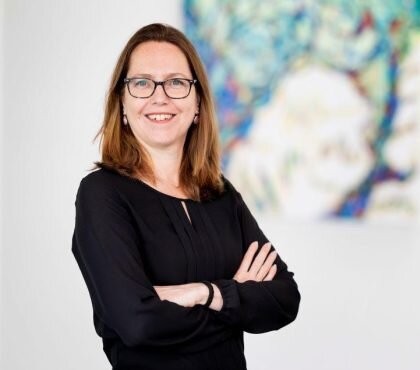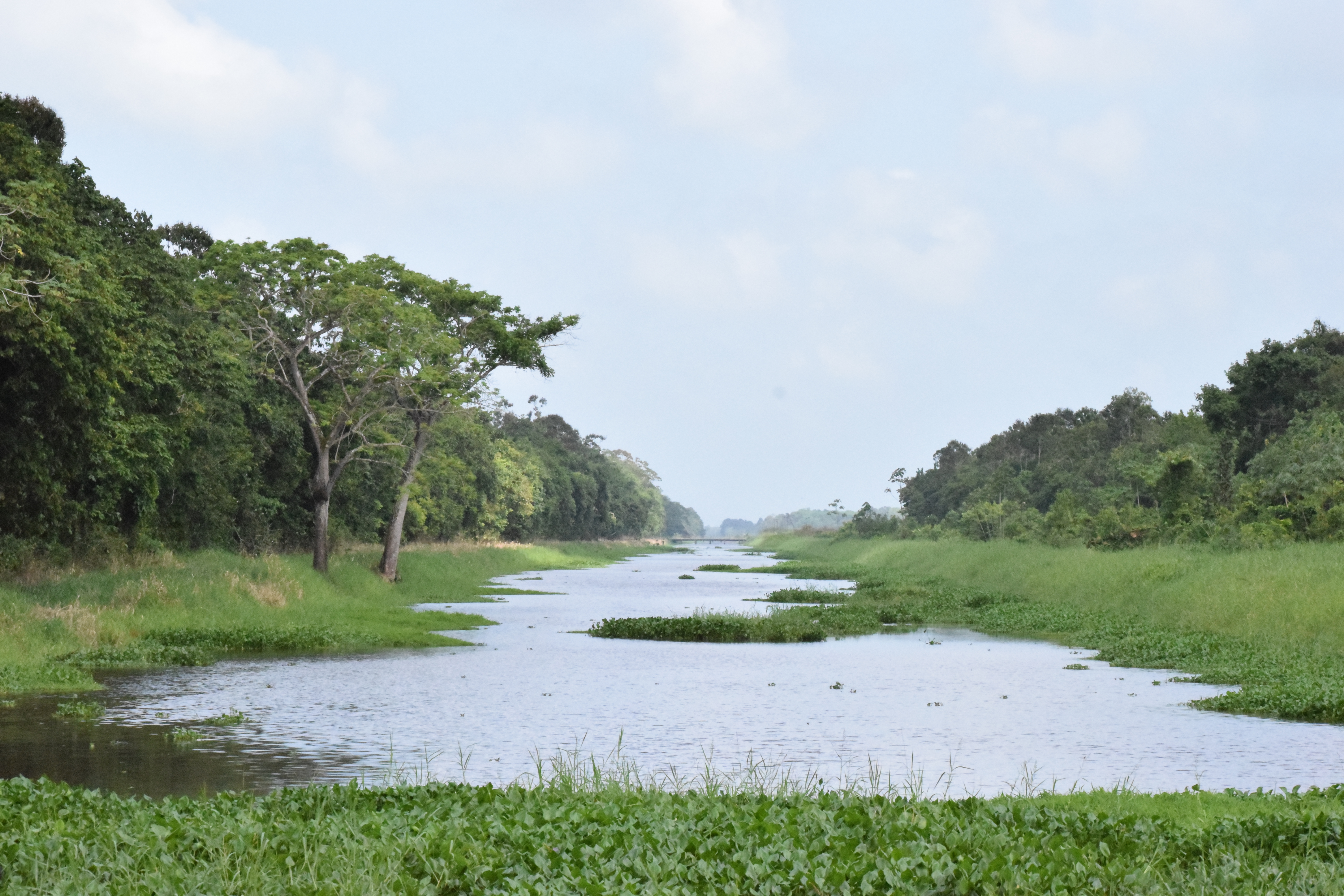A cool city in every sense
The people of Utrecht need to keep cool on a hot summer day, says Susanne Schilderman, the alderperson for Spatial Planning of the City of Utrecht. She wants a city with enough shade, healthy swimming water and no water nuisance

Susanne Schilderman
Susanne Schilderman is an alderperson in Utrecht. She is responsible for Finance, Economic Affairs, Circular Economy, Spatial Planning, Markets and Ports.
Before taking up her present position, she was a councillor and the leader of the D66 party in the Utrecht City Council. Among other things, she has been an advocate for the proper design of cycle paths and more green space in the neighbourhood.
What does Utrecht see as the main challenge associated with climate change?
Question 1
‘Our city will continue to grow in the years ahead. We built the Leidsche Rijn area and then completed other urban projects because there is still a population surplus in Utrecht. As the city gets busier and warmer, everyone wants a place to cool off. And so bathing in surface water has increased enormously and more space is needed to accommodate it.
A warmer climate also means that heavy rainfall is more likely. In 2014, we had major downpours in the city, with many basement homes being inundated in the Lombok and the Zeehelden areas. How can we capture and drain away that water without disrupting life in the city? At the same time, you want to retain the water to use it in dry periods, which are increasingly common because of climate change.’
What is the climate adaptation and water quality vision for your city?
Question 2
‘We adopted the Utrecht Climate Adaptation Vision and the Water and Sewers Vision at the same time in 2022. They define our goals for 2050: how much water we want to capture and what the quality of the water should be.
We want to make the city greener, with less stone and tiles, and more parks and green quaysides. That allows the soil to work as a sponge, preventing problems with excessive water after intense rainfall. We want to capture and use at least ninety percent of the rainwater and stop it escaping through the drains system to wastewater treatment or to the surface water outside the city.’
Which steps are you taking to improve quality?
Question 3
‘It is important to have a picture of the status of our water in the city. For example, there is little diversity in the vegetation in the water and along the quays, and we know that this has a major impact on water quality.
We are working with the authority to make the ‘hard’ stone quays more natural and allow vegetation to spread into the water. That is better for biodiversity, the water quality itself, animals and people.’
When will residents notice the difference?
Question 4
‘Residents should already be seeing an improvement. Every time we replace a section of the drains, we also make changes to the streets. During heavy rainstorms, the streets and drains are built so that water flows away quickly and so that homes and buildings are not damaged. I can also see progress on the Singel, the canal around the centre of the city. In the 1950s, this was still a scar blighting our city: some sections had been filled in and you couldn’t get round the city on a boat.
'Now that the Singel is open again and the water is flowing, residents can see nature recovering and the water is serving another function.'
Susanne Schilderman, wethouder in Utrecht
People seek out the water during their leisure time. That is something I would like to pass on to my colleagues working on spatial planning: improving water quality makes a city livelier. If we keep the water and improve the quality, we make our cities more attractive and greener, and everyone enjoys that. So Utrecht is not just cool in terms of temperature, it’s also a pleasant city and a cool place to be.’
Sita Vulto
Sita Vulto is a consultant at the Stichtse Rijnlanden water authority and she was involved in setting up the study into urban water quality of the National Water and Climate Knowledge and Innovation programme. She is also content manager for the Water & Climate Network.
Is urban water quality still a blind spot?
Sita Vulto was involved with the National Water and Climate Knowledge and Innovation Programme (NKWK). That research programme is one reason why urban water quality is now a knowledge dossier on the Climate Adaptation Portal.
In 2018, when Vulto was working as an consultant on urban water quality in a programme run by the Stichtse Rijnlanden water authority to implement climate adaptation measures, she saw how urban water quality was still a blind spot. ‘Municipal and water authorities still often have questions about how climate change and adaptation measures will affect water quality. The Utrecht city strategy, for example, stated that urban water quality was a requirement but it failed to elaborate on that and it didn’t describe a strategy.’ Even when she phoned professional colleagues from municipal water authorities, Vulto found out that urban water quality still lacked a prominent position on the agenda. ‘Then I got in touch with the NKWK and I ended up on the monitoring group for this topic. The Foundation for Applied Water Management Research (STOWA) has also taken up the subject. The two research groups worked together closely.’
Guideline
In 2021, the NKWK Climate-Resilient City research line looked at the potential effect of climate change on urban water quality. That work resulted in a guideline for municipal and water authorities that set out measures for water-quality problems. Vulto: ‘The guideline is a user-friendly publication that you can use to determine the effects of climate change and adaptation measures on urban water quality. It describes concrete measures that have a positive effect on water quality.’
Vulto has been working for seven months now as the content manager of the Water and Climate Network. This is a network of fourteen municipalities, the provincial authority, the Stichtse Rijnlanden water authority and other parties in Southwest Utrecht. ‘We are looking for ways to work together and make our region resilient to the consequences of climate change, from flooding to heat stress. One of the issues we are addressing is water quality. For us as a water authority, this is very important given our role as water quality managers. But it is also an important issue for municipal authorities because it is a factor that determines how liveable our area is and the enjoyment our residents find in their surroundings.’
Warmer summers
Her recommendation for other cities is to integrate water quality in the cycle of the Delta Programme for Spatial Adaptation (DPRA). ‘Our summers are getting hotter and drier and people want to cool off more in the water. So the quality of the water is important. Water quality needs to be included in adaptation measures as well. That still isn’t being done enough. With all the inevitable consequences. So you see beautiful parks with all kinds of shaded areas, but a pond in the centre containing dirty, green sludge. And that is such a shame.’
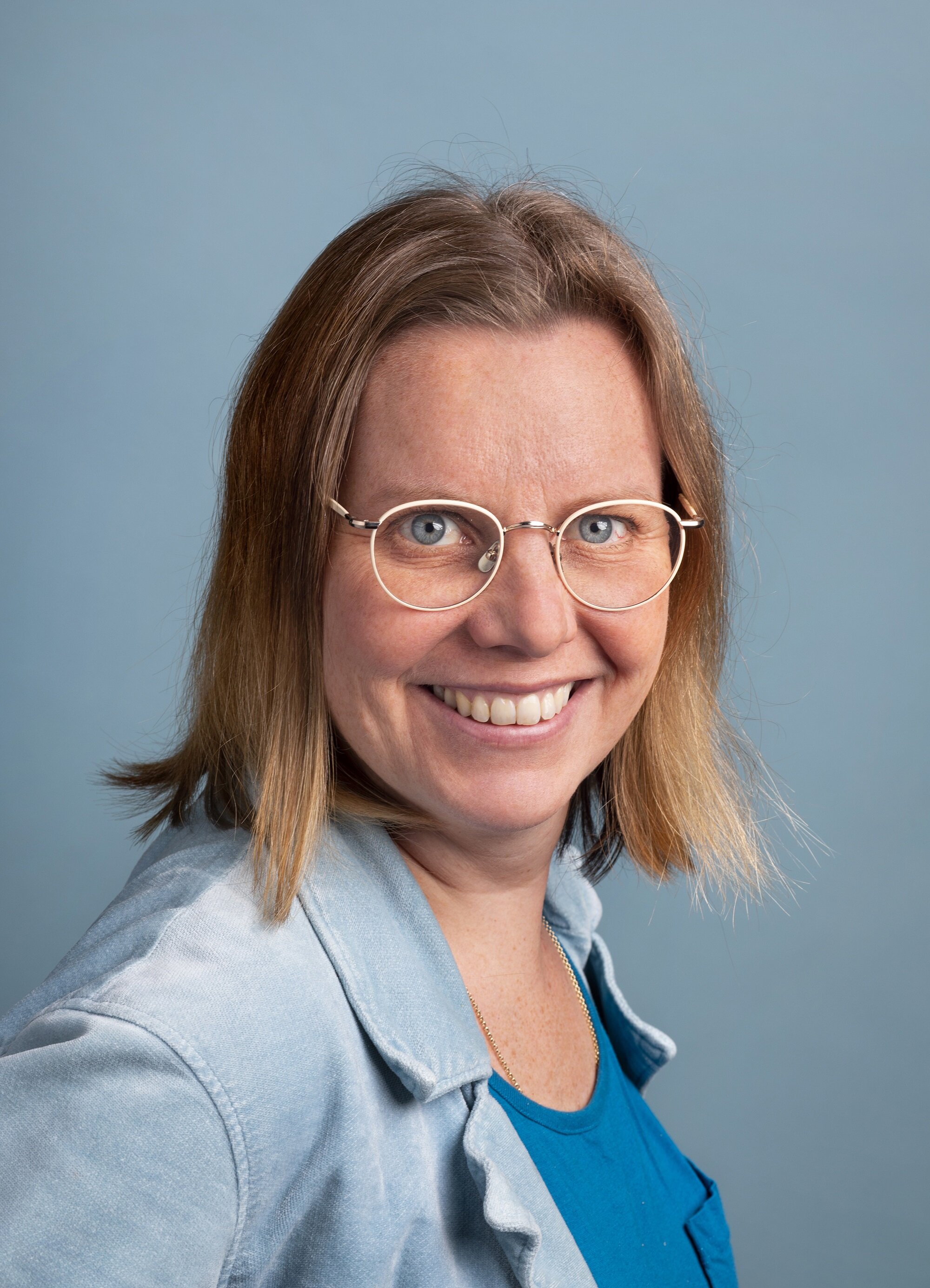

Is urban water quality still a blind spot?
Sita Vulto was involved with the National Water and Climate Knowledge and Innovation Programme (NKWK). That research programme is one reason why urban water quality is now a knowledge dossier on the Climate Adaptation Portal.
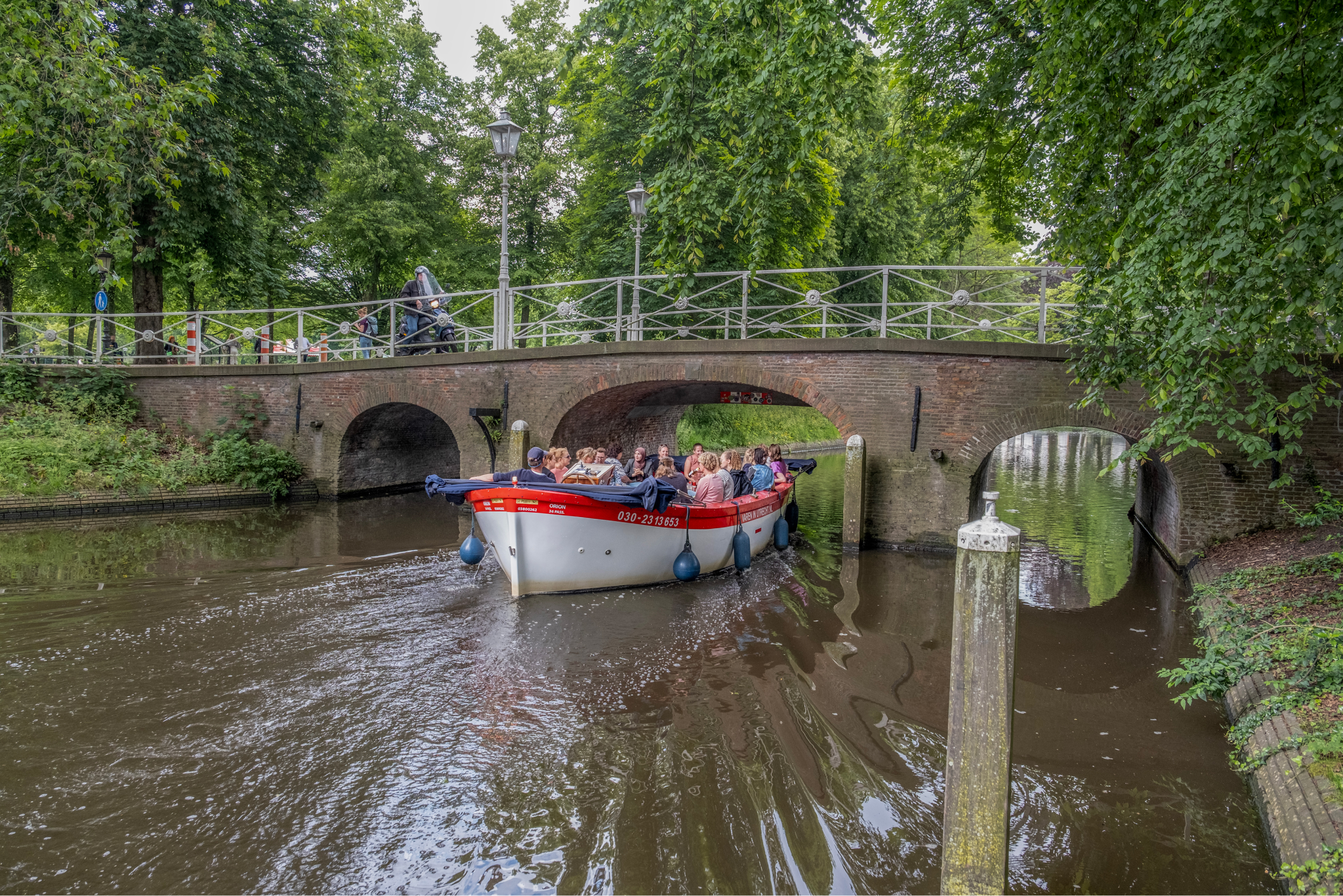
Demand for water in the city
Climate change is increasing the use of water in cities. Water managers and spatial planners from the cities of Toronto and Amsterdam showed, in a study by Deltares and Wageningen University, that rising temperatures and drought are increasing the demand for water, for recreation and irrigation among other uses.
They also foresaw a rising need to bring in water from outside the city in order to maintain adequate supplies of good-quality water. At the same time, climate change is putting pressure on the availability and quality of urban water. As a result, it is becoming increasingly difficult to meet all user wishes and ecological objectives.
They also foresaw a rising need to bring in water from outside the city in order to maintain adequate supplies of good-quality water. At the same time, climate change is putting pressure on the availability and quality of urban water. ‘This makes it increasingly difficult to meet all user demands and ecological ambitions,’ according to Suzanne van der Meulen from Deltares, who obtained her PhD on this research.
Field monitoring
Climate change can exacerbate algal blooms, short-term pollution with excreta, and the salinisation of urban surface waters. However, these effects are not equally problematic everywhere. Field monitoring in different urban environments is therefore crucial. This will help us establish a clearer picture of the impact of climate change on water quality. Water in the city differs in that respect from the more closely monitored waters in rural areas. Urban water, for example, contains a larger variety of sources of microbiological pathogens. Cities are also introducing specific climate adaptation measures that may have positive or negative side-effects on water quality. They include measures such as more public green spaces, flushing the urban water system with river water and improving water retention. To track changes in water quality, monitoring programmes have been launched in several Dutch cities.
In Leiden, Deltares is monitoring how more green spaces in a street affect the water quality of the nearby canal. An analysis of the expected changes in the water balance suggested that more greenery results in more soil infiltration. This is expected to have a positive effect on water quality in the canal, making it more suitable for leisure activities and irrigation.
The monitoring of actual water quality before and after the implementation of the measures will continue until 2026.
In Dordrecht, water managers want to flush an urban polder to tackle water quality problems that will be exacerbated by climate change. At the same time, the municipal authority wants to make it possible for residents to use the surface water for leisure purposes and cool off during hot summers.
Until 2025, Deltares will be working with the municipality and the water authority to study how flushing the system affects water quality and possible leisure use.
Is stedelijke waterkwaliteit nog een blinde vlek?
Sita Vulto was betrokken bij het Nationaal Kennis- en innovatieprogramma Water en Klimaat . Mede dankzij dit onderzoeksprogramma is stedelijke waterkwaliteit nu een kennisdossier op het Klimaatadaptatieportaal.
Toen Vulto in 2018 als adviseur stedelijke waterkwaliteit betrokken was bij een programma van Hoogheemraadschap De Stichtse Rijnlanden om klimaatadaptatie maatregelen te nemen, merkte ze dat de stedelijke waterkwaliteit nog een blinde vlek was. ‘Gemeenten en waterschappen hebben nog vaak vragen over de effecten van klimaatverandering en adaptatiemaatregelen op de waterkwaliteit. In de strategie van de gemeente Utrecht stond bijvoorbeeld wel dat stedelijke waterkwaliteit een randvoorwaarde is, maar de uitwerking en aanpak stonden er niet in vermeld.’ Ook in een belrondje met vakcollega’s van gemeenten en waterschappen merkte Vulto dat stedelijke waterkwaliteit nog niet prominent op de agenda stond. ‘Toen ben ik in contact gekomen met het NKWK en dat leidde tot deelname aan de begeleidingsgroep voor dit onderwerp. Ook de STOWA heeft het onderwerp opgepakt. De twee onderzoeksgroepen hebben nauw samen gewerkt.’
Handreiking
In 2021 werd door de onderzoekslijn NKWK Klimaatbestendige Stad onderzocht welke invloed klimaatverandering kan hebben op de stedelijke waterkwaliteit. Het leidde tot een handreiking voor gemeenten en waterschappen met maatregelen die knelpunten op het gebied van waterkwaliteit oplossen. Vulto: ‘Het is een toegankelijke handreiking geworden die je kunt gebruiken om te bepalen wat de effecten van klimaatverandering en van adaptatiemaatregelen op de stedelijke waterkwaliteit zijn. Er staan concrete maatregelen in die een positieve effect hebben op de waterkwaliteit.’
Vulto is sinds zeven maanden inhoudelijk manager van het Netwerk Water en Klimaat, een netwerk van veertien gemeenten, de provincie, Hoogheemraadschap de Stichtse Rijnlanden en andere partijen in Zuidwest Utrecht. ‘We zoeken de samenwerking op om onze regio bestendig te maken tegen de gevolgen van de klimaatverandering, variërend van wateroverlast tot hittestress. Een van de onderwerpen die we meenemen is de waterkwaliteit. Voor ons als waterschap is dat heel belangrijk aangezien wij waterkwaliteitsbeheerder zijn. Maar het is ook voor gemeenten een belangrijk onderwerp, want het gaat om de leefbaarheid en het leefgenot van de bewoners in onze regio.’
Warmere zomers
Haar aanbeveling aan andere steden is om waterkwaliteit integraal mee te nemen in de cyclus van het Deltaprogramma Ruimtelijke Adaptatie (DPRA). ‘We krijgen steeds warmere en drogere zomers, waardoor mensen meer naar verkoeling in het water zoeken. Dan moet het water van voldoende kwaliteit zijn. Neem bij je adaptiemaatregelen ook de waterkwaliteit mee,. Dat gebeurt nu nog te weinig. Met alle gevolgen van dien. Dan zie je dat er een mooi park met allerlei schaduwplekken komt, maar het vijvertje in het midden in het park bestaat uit een vieze, groene smurrie. En dat is zo zonde.’
More urban monitoring programmes are planned. They will focus on the consequences of dry periods and the use of water retention measures for urban surface water quality.
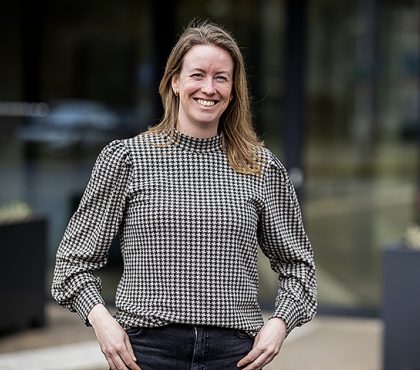
Suzanne van der Meulen
Expert urban watermanagement
Annemarij Kooistra
Annemarij Kooistra is programmamanager bij Gemeente Amsterdam, afdeling Ingenieurswetenschappen, en verantwoordelijk voor de ontwikkeling van transities in assetmanagement van bruggen en kademuren. Onder haar leiding werden circulaire strategieën voor op waarden gebaseerde beslissingen ontwikkeld over te nemen maatregelen voor een veilig en toekomstbestendig gebruik van bruggen en kademuren, evenals onderzoek en innovatie om de levensduur van deze constructies te verlengen.
All the knowledge about urban water quality in a changing climate can be found on the national knowledge platform
